Modern designers often use neural networks in their work
It seems that only a couple of years ago neural networks were of interest only to geeks and tech enthusiasts. But today this technology is breaking into the mainstream: neural networks are becoming a tool for work, entertainment, and sometimes they themselves perform part of human work.
This worries specialists in the creative industry in particular, because neural networks have already learned to write texts and create designs.
We decided to figure out what neural networks are becoming for a modern designer – the same tool as Adobe Illustrator or a soulless competitor? A generator of new opportunities or a job killer? What is behind the anxieties of creatives who are afraid of losing their jobs – well-founded worries or a new incarnation of Luddism?
Cats in space; portrait of Reagan in the style of Bacon; Mickey Mouse in the form of a real mouse: in the techno trends of 2022-23, a powerful new phenomenon is art generated by neural networks. The Midjourney and DALL-E 2 neurons received the most hype, the images created thanks to them were on the covers of the popular magazines The Economist and Cosmopolitan. Many illustrations on the topic of Russian military aggression, also created using neural networks, appeared in the Ukrainian segment of the Internet.
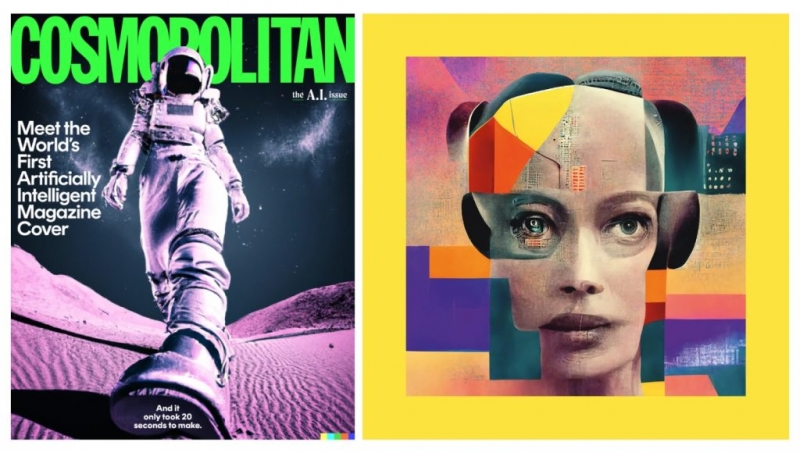
All this commotion had a tangible effect: last year, neural networks finally took their place among design tools. Although they do not function in the creative labor market as an independent unit, despite the predictions of tech enthusiasts and connoisseurs of generative design. Metaverses and NFTs have already been predicted to play a decisive role in the creative industry of the future, so let’s try to soberly assess the prospects for the further development of neural networks. At the same time, these prospects are impressive.
Careful, hype?
Although neural networks as a tool for creative work have gained popularity relatively recently, there are already things in which neurons have surpassed not only humans, but also any existing technologies. For example, in chess, the AlphaZero neural network from DeepMind, which is owned by Google, has been dominating the best movers in the world for several years (we are not talking about a person, and pogotos). So in the field of computing capabilities, they have already proven their superiority. But how to explain their success in creativity?
A basic logical contradiction arises: neural networks are not capable of doing creative work, at least not yet. We tend to confuse imitation of creativity with creativity—the difference between these things can be debatable except when the author is a human being. However, the neural network is not capable of self-expression, because it is not a full-fledged artificial intelligence.
Full-fledged artificial intelligence (strong artificial intelligence) is a probable scientific concept, according to which a computer should be able to perform abstract thinking activities similar to human ones. Such an AI tries to understand itself, the surrounding reality, and it succeeds.
Currently, artificial intelligence is in a state where it can only compile data, systematize it and output results thanks to pre-created algorithms. It is not capable of meta-processing of data, does not perform really deep analysis. That is precisely why any talk about the self-sufficient characteristics of neural networks — whether they are good or bad — is still pointless.
Let’s focus on technologies that allow us to create text-to-image graphics, so we’ll skip other machine learning phenomena like GPT chat. Graphical use of neural networks occurs mainly in two modes:
- Mimicry of a given style (say, some famous artist);
- An attempt to generate something completely new (for this, the neural network will still mix and distort the data it already has).
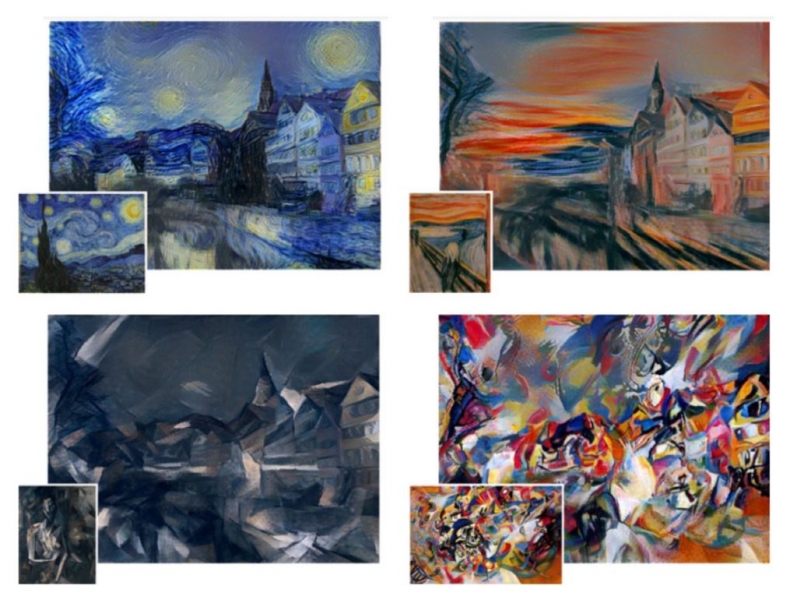
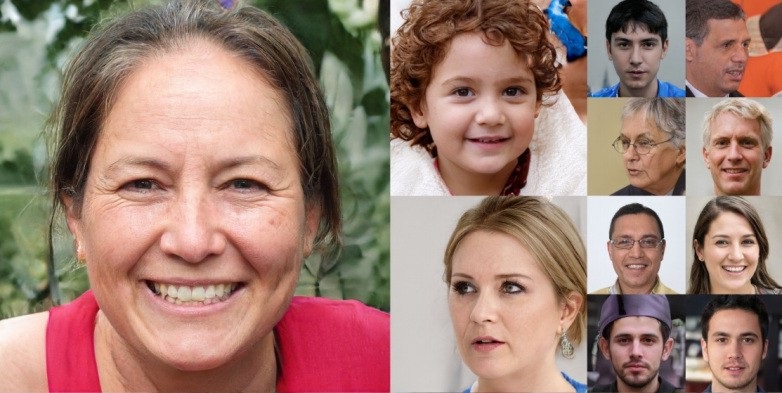
Neo-Luddites and optimists
At any time, there have been people who are worried about the unstoppable development of technology, and those who, on the contrary, encourage progress. It is not necessarily about two enemy camps. Attitudes towards neural networks also divided colleagues in the design department.
“Neither art nor wisdom can be achieved if they are not learned,” believed Democritus. And what are neural networks constantly doing? That’s right, study. Every year they will become more and more perfect, but the art created by AI will still lack the author’s research, creative design and understanding of artistic techniques. An important question arises: does it matter in our postmodern world if almost no one will notice the difference?
Delving into this topic raises more questions than there are currently answers. If we try to evaluate the quality of a neural network, what criteria will we apply? If these are the same criteria as the ones we use to judge human performance, then what are we even judging—the quality of the neural network’s performance, or the quality of the few lines of code that the human entered to get the desired result?
Neo-Luddites fear that individual creative contributions will be devalued precisely because anyone can enter a query into a neural network. However, reducing the function of the author to writing a few prompts only simplifies the “threshold of entry” into a certain art, and does not completely remove the role of a person. (A similar debate was heated when electronic music was just emerging). After all, automated means of work have reigned in art for a long time — and still, only the author has the last word in his creation.
Generative design
Generative design is a field at the intersection of design and programming, in which a person transfers part of his work to a computer algorithm. Ukrainian creators such as Twid studio and Banda agency are experimenting with generative design techniques.
In generative design, a person and a computer work “in the same team”, and specialists in this direction calmly perceive neural networks as one of the tools of work. At the same time, no program is able to function without human participation.
Neural networks will enter the mainstream of design at least as a tool for obtaining an intermediate result. But I think that the matter will not be limited to this. Neural networks are already creating their own value — the question is how much this value is. There will be a place for the designer, although the work process will change. There will be an opportunity to think more broadly, some technical limitations will disappear.
In truth, generative design is not a new thing. Back in the 1960s, Bell Labs began using computers to create graphics and animations with repeating digital patterns. However, it was in 2022 that the technology reached a completely new level thanks to the machine learning of neural networks.
The company DeepMind Technologies Limited, which was acquired by Google a few years ago, is also engaged in generative approaches in digital design. We mentioned their other invention, the AlphaZero chess phenomenon, earlier. We are still waiting for a full-fledged analogue to DALL-E and Midjourney from Google.
It is also interesting that back in 2016, Google launched the Quick, Draw! project, an online game in which people create simple sketches of objects according to the description, and the neural network analyzes the received data and learns. Not only Google shows a deep interest in researching the possibilities of neural networks: similar projects in the field of digital design are engaged in, in particular, by Adobe; Nvidia Canvas turns simple sketches into detailed photorealistic landscapes; OpenAi — an AI research laboratory — received a billion-dollar investment from Microsoft.
Artificial art
If you perceive design as a craft, then the creative community is still somehow able to take a friendly attitude to the fact that neural networks take over the monotonous work of a person. Like, there will be less routine, so there will be more time for ideas. Instead, it is the art created by artificial intelligence that causes great surprise. Neurons can write songs (although Nick Cave didn’t like it), draw pictures, etc.
Artist Refik Anadol, as part of the experimental project “Unsupervised”, fed data from more than 200 years of exhibitions at MoMA (Museum of Modern Art in New York) into a neuron to generate one illustration that currently hangs in the lobby of the museum; an exhibition of artificially generated art has already taken place at the Venice Biennale; Jason Allen’s AI-powered Theater D’opéra Spatial has won a US art competition. Of course, there are many more such examples.
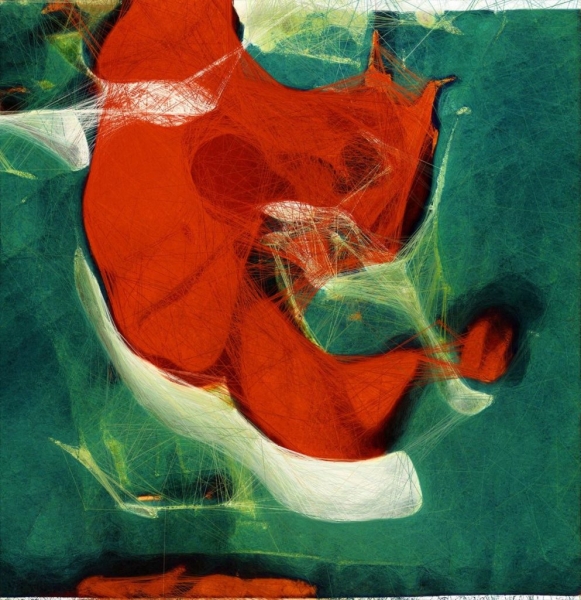
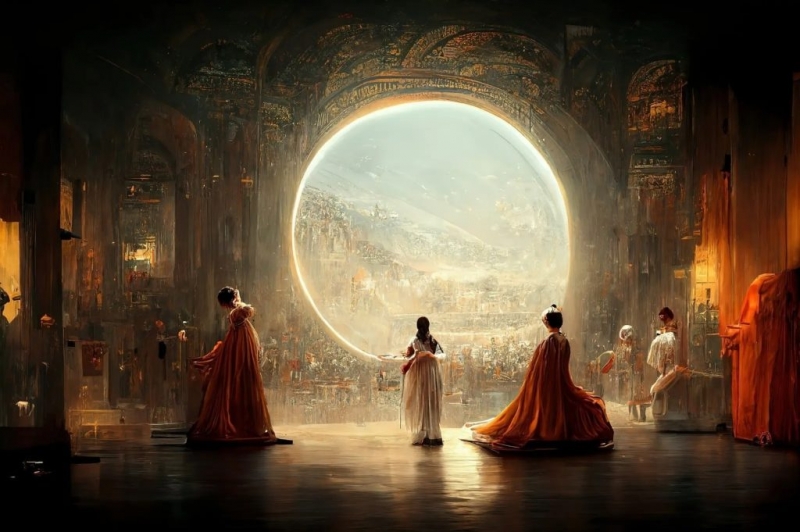

Physicist John Wheeler once said, “If you’re not shocked by quantum mechanics, you don’t understand it.” The fact is that neural network tools (which are often called artificial intelligence) have long been used in cinema, game design, animation, and music. Professional creators and visualizers of the Western industry use it, learn and develop. I dream that the Ukrainian creative segment will also choose development, not depreciation and ignoring.
Art created by artificial intelligence has taken the creative community by surprise. The technology of image generation was hyped, but still not perfected. While everyone was already tired of NFTs and the corona crisis subsided, neural networks proudly took the vacant place in the center of attention of creatives.
Copyright problem
Intellectual property in the 21st century is a fragile thing, and the omnivorousness of neural networks is uncompromising. They even absorb copyrighted data for training. At the same time, neural networks are developing amazingly fast — DALL-E (the name, by the way, combines the names of the artist Dali and the Pixar robot character Wall-E) has been in public access for less than a year, and has already become almost the most discussed technological phenomenon in the world.
There was a need to develop a new regulation of intellectual property. The legal chaos during the first months of the popularity of neural networks has been compared to the early era of music streaming. The fact is that in the early 2000s, the Napster platform was the first to implement a proto-streaming music service (albeit a pirated one), but soon the company disappeared due to legal battles with disgruntled musicians, in particular Metallica.
Changes in copyright legislation are also taking place in our country. As part of the adaptation of Ukrainian legal norms in accordance with the general European regulation, the Verkhovna Rada adopted the law, according to which a legal definition of originality appears for the first time in Ukraine. The changes will also affect how the authorship of works generated by artificial intelligence will be established.
Neural networks process, learn, compile millions of images and illustrations to create something on their own. The problem is not that people use neural networks for entertainment. But what about the commercial use of such works?
Let’s say you bought a magazine, and on the cover, created thanks to a neural network, you recognized elements of your illustration. Can you argue that AI stole your job? The creators of Midjourney, by the way, have already faced a class action lawsuit by artists who believe that neuronka stole their intellectual property.
1/ As I learned more about how the deeply exploitative AI media models practices I realized there was no legal precedent to set this right. Let’s change that.
Read more about our class action lawsuit, including how to contact the firm here: https://t.co/yvX4YZMfrG
— Karla Ortiz ? (@kortizart) January 15, 2023
Already now, the problem is causing heated discussions, different players of the technological market are solving it in different ways. For example, the largest photo stock Getty Images banned the use of artificially generated images precisely because of fears of legal claims. At the same time, Shutterstock has chosen the opposite approach – they encourage the use of generated images, and authors whose works are “eaten” by the neural network are promised to be compensated for their contribution to the development of the technology.
The world of the wild future
Many people will lose their jobs, while those who are the first to master a new tool will get rich. We expect a surge in creativity, but the devaluation of creativity is also likely. As usual, no one can say for sure what the development of a new breakthrough technology will lead to, but there is sure to be something completely new in creative work. Instead, something like routine can disappear.
Design GPT isn’t going to take your job… but the designer using it will
— Charles Patterson (@CharlesPattson) January 12, 2023
“Neither art nor wisdom can be achieved if they are not learned,” believed Democritus. So, all we have to do is learn — in particular, how to use neural networks.
